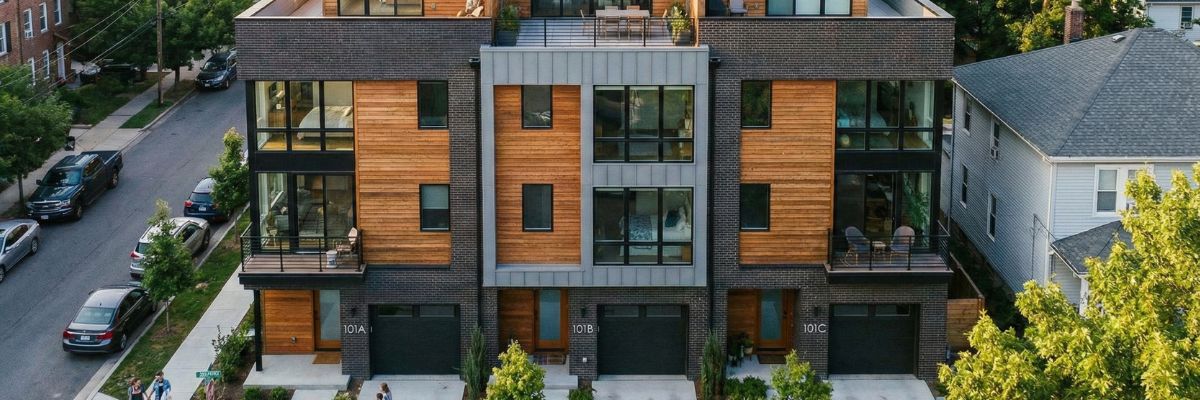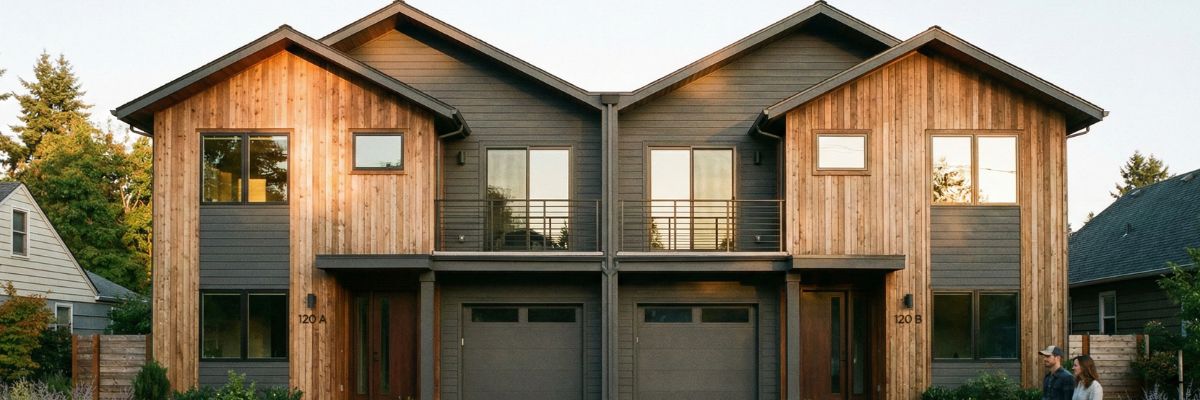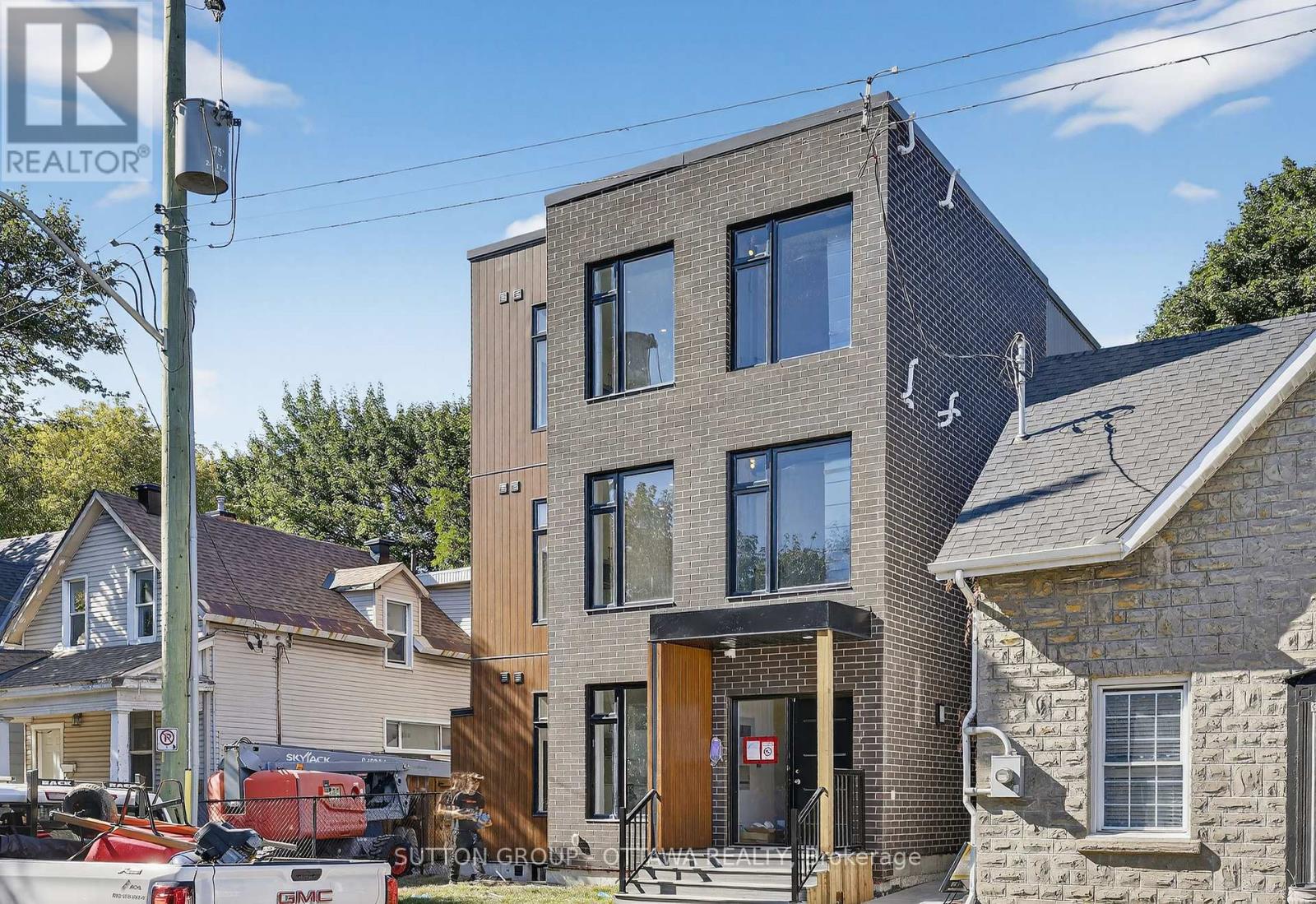Custom vs Semi-Custom Homes: Key Differences, Costs, and How to Choose
Custom homes are fully one-off designs built from scratch around a specific client, lot, and program, while semi-custom homes start from a builder’s existing plan library and allow controlled modifications and curated selections.
In practice, a custom home provides maximum flexibility, design originality, and personalization at a higher cost and complexity, while a semi-custom home offers a more efficient, predictable, and budget-friendly path with a comfortable amount of meaningful customization.

What a True Custom Home Really Means
Fully Unique Design From the Ground Up
A true custom home begins with a blank sheet of paper. The design team-often an architect, architectural technologist, or design–build firm-creates a floor plan tailored to the client’s specific lifestyle, needs, and chosen site. Nothing is predetermined, and nothing is forced to fit a preset model. This level of freedom allows homeowners to achieve layouts and features not found in standardized plans. Specialized rooms like large workshops, art studios, home gyms, meditation spaces, dual primary suites, aging-in-place configurations, or multi-generational wings can be integrated seamlessly.
Designed Around the Lot and Environment
Because custom homes are designed for one specific site, everything-from window placement to foundation type-can respond to soil conditions, topography, solar exposure, and views. Homes on infill lots, sloped sites, lakefront properties, or rural acreage often require this level of bespoke planning to optimize the structure and meet local requirements.
Full Control Over Structure, Systems, and Style
Custom home clients make the vast majority of decisions. This includes structural layout, ceiling heights, exterior architecture, energy performance strategies, mechanical systems, finishes, fixtures, and even small details like trim profiles and hardware. With no preset limitations, clients have the freedom to select higher-end or specialty materials, advanced electrical layouts, custom cabinetry, premium windows, or green-building features such as geothermal systems or passive house strategies.
When Custom Homes Make the Most Sense
A custom build is ideal for homeowners who:
- Have very specific lifestyle needs or long-term plans
- Want a home that looks and functions unlike anything else
- Are willing to invest more time, money, and involvement
- Need to build on a unique or challenging lot
- Value complete control over design and execution
While the result is unmatched personalization, the process demands collaboration, decision-making, and flexibility as the project evolves.
What Semi-Custom Homes Really Are
A Pre-Designed Plan With Flexible Options
A semi-custom home begins with a builder’s catalog of established floor plans. These plans act as a foundation, providing the structural logic, overall layout, and core specifications. Buyers can then modify elements within defined boundaries. Popular structural options might include expanding the great room, adding a bonus room over the garage, choosing an alternate kitchen configuration, or adding a covered deck. The framework stays consistent, but there is still plenty of room to adjust the home to fit your preferences.
Curated but Meaningful Finish Selection
Most semi-custom builders provide a design center or curated selection process where buyers choose cabinetry, countertops, tile, flooring, plumbing fixtures, paint colors, trims, doors, and sometimes exterior materials. While the range is more controlled than a fully custom design, the available choices are typically high enough quality to create a personalized, stylish final product.
Predictable, Repeatable, and Efficient
Because the builder regularly constructs these plans, they understand the exact materials, trade timelines, and potential site impacts. This repeatability translates into cost efficiency and shorter, more predictable schedules. For many buyers, this balance between personalization and structure creates a smoother, less overwhelming path to a new home.
When Semi-Custom Homes Are the Best Fit
Semi-custom homes are ideal for homeowners who:
- Want more design freedom than a production home
- Prefer a predictable process with fewer complex decisions
- Want to stay within a certain budget
- Need a faster move-in timeline than custom typically allows
Semi-custom homes often deliver a high-quality, personalized home without the extended design cycles and larger budgets of a full custom build.
Cost and Budget Considerations
Why Custom Homes Cost More
Custom builds usually start at a higher price point because they lose the economies of scale. A custom builder cannot buy drywall or windows in the bulk quantities that a semi-custom builder can. Furthermore, you are paying for "soft costs" that are often buried in a semi-custom price: architectural fees, structural engineering, civil engineering for lot grading, and independent interior design fees.
In 2025, we are seeing custom home budgets heavily impacted by high-performance material costs. Homeowners are investing in superior insulation, high-efficiency HVAC systems, and durable exterior materials like stone and zinc, which drive up upfront costs but lower long-term maintenance.
Each design decision, specialty feature, or structural adjustment adds time and requires unique trade coordination rather than relying on standardized processes.
The Cost Structure of Semi-Custom Homes
Semi-custom homes are typically more affordable per square foot because the plans are reused. The builder has already paid the architect and engineer once, spreading that cost over dozens of homes. Materials are standardized, meaning less waste and better pricing agreements with vendors.
However, buyers must be wary of "upgrade creep." The base price of a semi-custom home might look attractive, but heavy upgrades—like switching to quartz counters, hardwood floors throughout, or premium appliances—can push the final price dangerously close to the entry-level price of a custom home. The key difference is that even a highly upgraded semi-custom home is still subject to the resale constraints of its neighborhood, whereas a custom home’s value is more intrinsic to its uniqueness and lot.
Timeline and Process Differences
Custom Home Timelines
Custom homes often take 8-12 months or more due to:
- Longer design and revision cycles
- Detailed engineering and unique material sourcing
- Complex permitting on one-off plans
- Site-specific requirements
- More intricate construction and inspections
Custom builds also tend to involve longer lead times for bespoke cabinetry, windows, specialty fixtures, and custom millwork.
Semi-Custom Home Timelines
Semi-custom homes typically follow a shorter and more predictable timeline because:
- The plans are already engineered
- The builder has completed the same model many times
- The materials and trades are standardized
- The main variable is selection timing
This streamlined structure often results in faster delivery and fewer unexpected delays.
How to Choose Between Custom and Semi-Custom
Choose Custom If:
- You want a home unlike any other
- Your lot requires special planning
- You need unique spaces or advanced features
- You prefer complete design control
- You are prepared for a higher budget and longer timeline
Custom is the best choice when design originality, long-term functionality, and lifestyle alignment are the highest priorities.
Choose Semi-Custom If:
- You want strong personalization without overwhelm
- You prefer predictable pricing and smoother timelines
- You want a home a step above production without full custom complexity
- You’re working within a fixed budget
- You want to move in sooner
Semi-custom is ideal for homeowners who want quality, customization, and efficiency balanced in one package.
Final Thoughts: Matching the Home Type to Your Goals
The decision between custom and semi-custom homes comes down to how much control you want, what your budget allows, and how quickly you need to move. Custom homes provide unmatched flexibility, innovative layouts, and total personalization, making them perfect for homeowners who want something entirely unique. Semi-custom homes, on the other hand, offer a more structured path with meaningful customization, quicker timelines, and excellent value.
Both options can produce a beautiful, personalized home-it simply depends on the level of design freedom and involvement you're looking for. If customization depth, lot-specific performance, and one-of-a-kind architecture matter most, choose custom. If you want efficiency, clarity, and a streamlined process with plenty of aesthetic flexibility, a semi-custom home may be the smartest path forward.

.svg)





.jpg)
.jpg)



